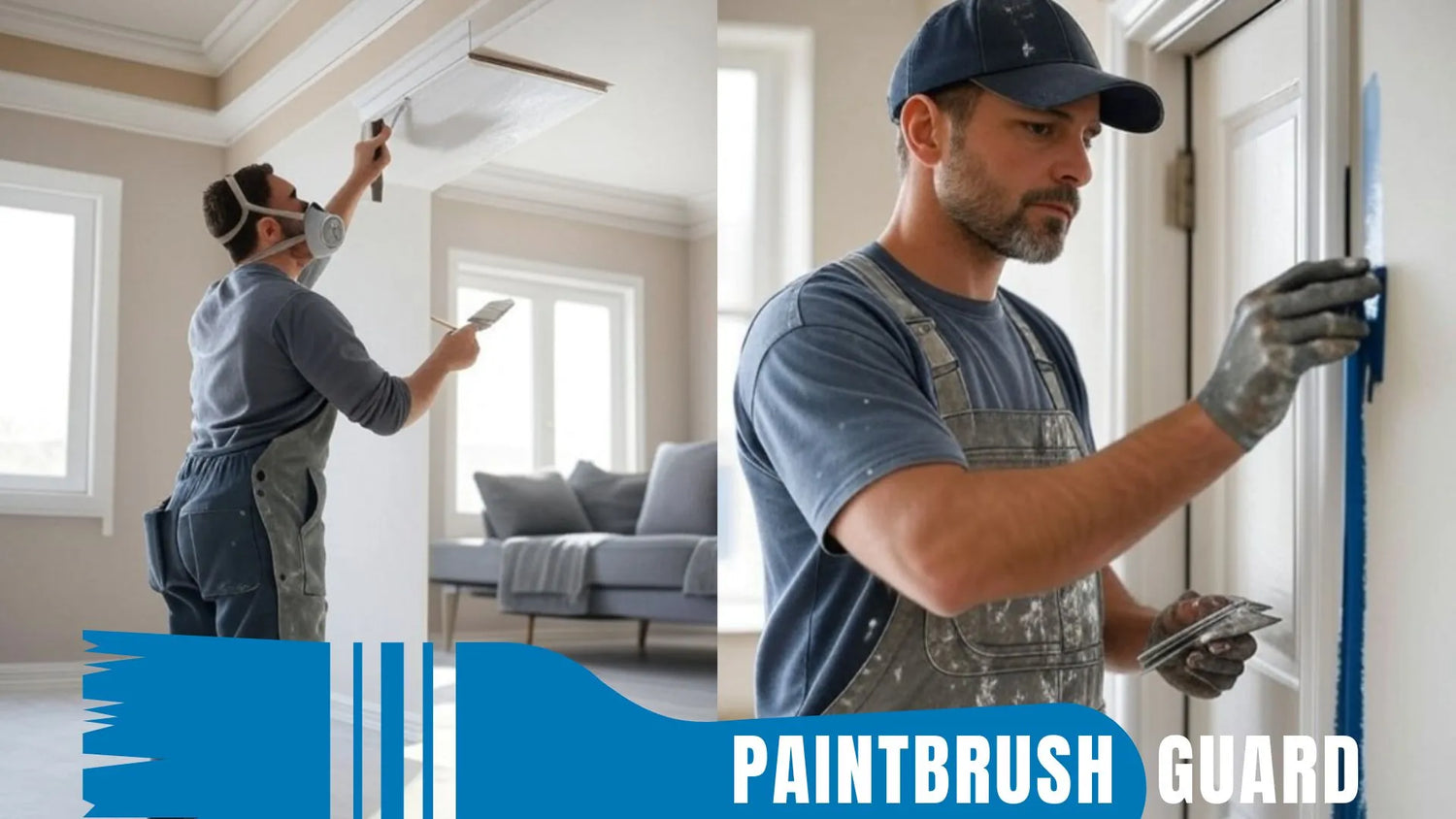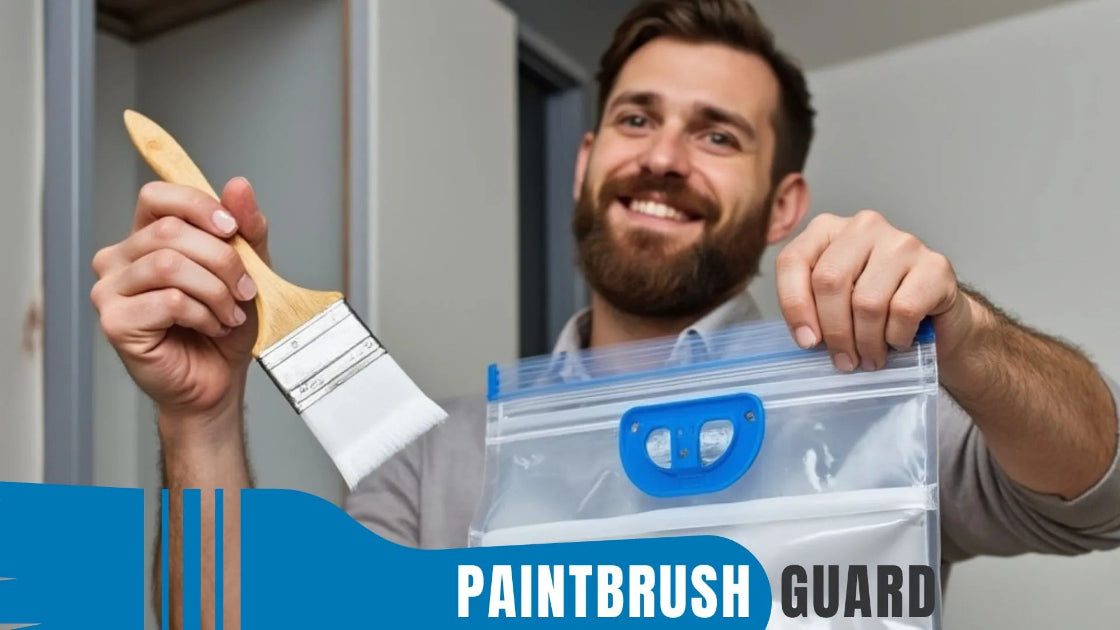
How to Store Leftover Paint Properly: 10 Expert Tips for Maximum Shelf Life
|
Time to read 7 min
|
Time to read 7 min
Leftover paint from your latest home makeover? Don't toss it just yet, with proper storage can save you hundreds on touch-ups and keep your walls looking fresh for years. Whether it's latex for quick interior jobs or oil-based for durable exteriors, knowing how to store leftover paint properly is key to preserving its quality, color, and usability.
In this guide, we'll dive deeper than the basics, covering everything from prep steps to long-term hacks, common pitfalls, and revival tricks. These tips will help you extend shelf life up to 15 years while avoiding waste.
Discover how house paint colors influence mood & get expert tips on choosing the best colors for every room to create a vibrant, harmonious home environment.
Storing paint incorrectly leads to drying, separation, rust, or even fire hazards (especially with oil-based varieties). On the flip side, good habits mean reliable touch-ups without repurchasing. Well-stored paint retains 90% of its original performance, reducing environmental waste from premature disposal.
Plus, with rising paint prices, it's a smart money-saver. Let's break it down by paint type first.
Understanding these nuances ensures your leftover paint storage strategy fits the formula.
Expert tips on how to paint bathrooms and kitchens: Choose moisture resistant paint, master grease removal and optimize ventilation professional results.
Rushing this phase invites air exposure, the #1 killer of stored paint. Follow these numbered steps for airtight results.
Pro Tip: If transferring to a smaller container, do it now to minimize headspace air.
Transform your space and learn how to paint over wallpaper or textured walls without stripping. Step-by-step tips, essential tools, common pitfalls to avoid.
Original cans are fine short-term, but for longevity, downsize to reduce air exposure. Here's a quick comparison:
Container Type |
Best For |
Pros |
Cons |
Shelf Life Boost |
Original Metal Can |
Short-term (under 1 year) |
Durable, stackable |
Rusts if damp; large air space |
+1-2 years |
Plastic Quart/Gallon Buckets |
Latex paint |
Airtight twist lids; lightweight |
Can leach if low-quality |
+3-5 years |
Wide-Mouth Glass Jars (e.g., Mason) |
Small batches |
See-through for color ID; non-reactive |
Fragile; heavy |
+5-10 years |
Recycled Bottles (e.g., Arizona Tea) |
Touch-ups |
Minimal air; portable |
Funnel needed for filling |
+2-4 years |
Opt for food-grade plastics or glass to avoid chemical reactions. Always fill to the brim and seal immediately.
Paint isn't set-it-and-forget-it. Conditions dictate longevity and aim for:
Bonus: Line shelves with cardboard to catch drips and elevate cans off concrete, which sucks heat in winter.
Discover how vacuum storage revolutionizes sustainable painting tools, cutting waste and extending paint life. Go green without sacrificing quality!
Chaos kills efficiency. Treat your storage like a mini paint library:
This setup makes paint storage ideas practical and pro-level.
Factors like air exposure shave off time and smaller containers add years by limiting oxygen.
Unlock the best overnight paint brush storage tips to keep your brushes soft and ready-to-use. Simple, mess-free tips for that save time and extend tool life.
Found a dusty can? Don't assume it's bad. Quick checks:
If revived, strain through cheesecloth for ultra-smooth results.
Even pros slip up. Avoid these to outperform average guides:
Can't revive it? Don't dump and recycle responsibly.
Mastering how to store leftover paint properly transforms scraps into future saviors, cutting costs and clutter. Start with a quick audit of your stash today—prep, seal, label, and store right. Got a paint puzzle? Share in the comments below.
Leftover latex paint can last 2-10 years if opened and up to 10 years unopened, while oil-based paint endures 2-15 years opened and up to 15 years unopened. Key factors include minimizing air exposure and maintaining stable temperatures between 50-80°F for optimal preservation.
Garages are risky due to freeze-thaw cycles that lump latex paint, and extreme heat poses fire hazards for oil-based types. Basements work if you elevate cans on shelves away from moisture and concrete floors—opt for indoor closets or under-stair storage for the best results.
Clean the rim thoroughly, add plastic wrap or foil over the surface as a seal booster, then tap the lid edges with a rubber mallet for an airtight fit. Store cans upside down to let the paint's weight enhance the seal and prevent skinning.
Perform a smell test (discard if rancid), remove any surface skin, and stir well. Test on scrap material—if it applies evenly without lumps or separation, it's good. For oil-based, it's often more forgiving after stirring.
For latex, mix with cat litter to solidify, bag it, and trash after an hour. Oil-based requires drying in a ventilated area or adding sawdust before hazardous waste drop-off. Check local recycling events for free options to minimize environmental impact.

Learn about eco-friendly painting, tips and tutorials on house interior and exterior surfaces, so you can get started with your project without any surprices during or after your painting.

Learn how interior house paint colors influence mood with expert tips on room preference so you can pick the best colors for a harmonious home environment.
We focus on the most popular shades for each interior colors, so you don't miss no matter what color you pick.

Learn how this innovative tool allows you to store paintbrushes without the need for immediate cleaning, offering significant advantages in time savings, water conservation, reduced chemical pollution, and lower costs for supplies.


